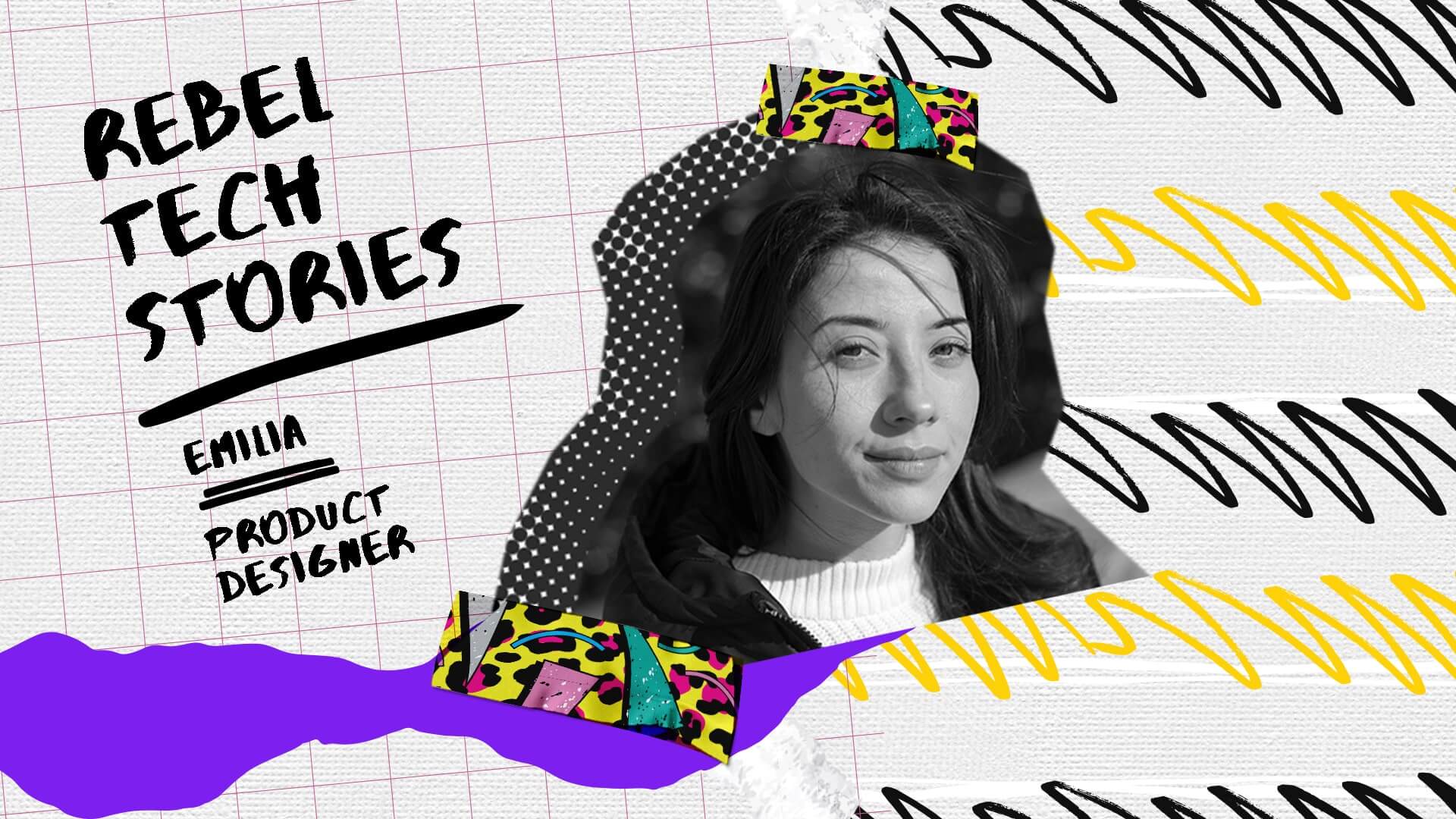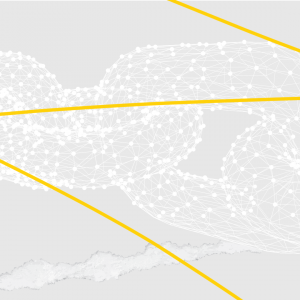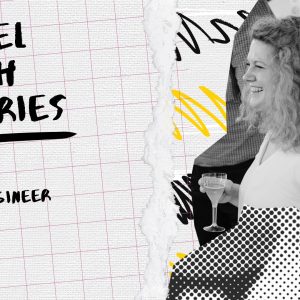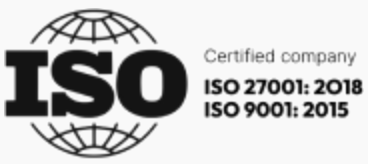We are challenged to find solutions from trivialities to deep issues. What breakfast we choose in the morning, how we tackle a difficult task, fix an argument, even write a poem. Where’s the need for effort, there’s problem-solving. Some of us get nervous, while others already have a system that helps them thrive through agitating times.
Decision-making isn’t easy, but it is required for progress. And grit is the invisible ingredient for long-term changes.
If we think about the approach of problem-solving, we can mention design thinking, which is mainly a mindset that works by looking at the fundamental downsides of a problem and try to solve them.
There are other techniques like the six thinking hats, the 5 whys, or the design sprint.
What I’m interested in is not to emphasize the success of a specific method, but to share the potential of time and effort invested into ideas, with concrete examples about how commitment can improve not only your results, but yourself too.
The baseline is that if you prioritize greatness, it will eventually choose you.
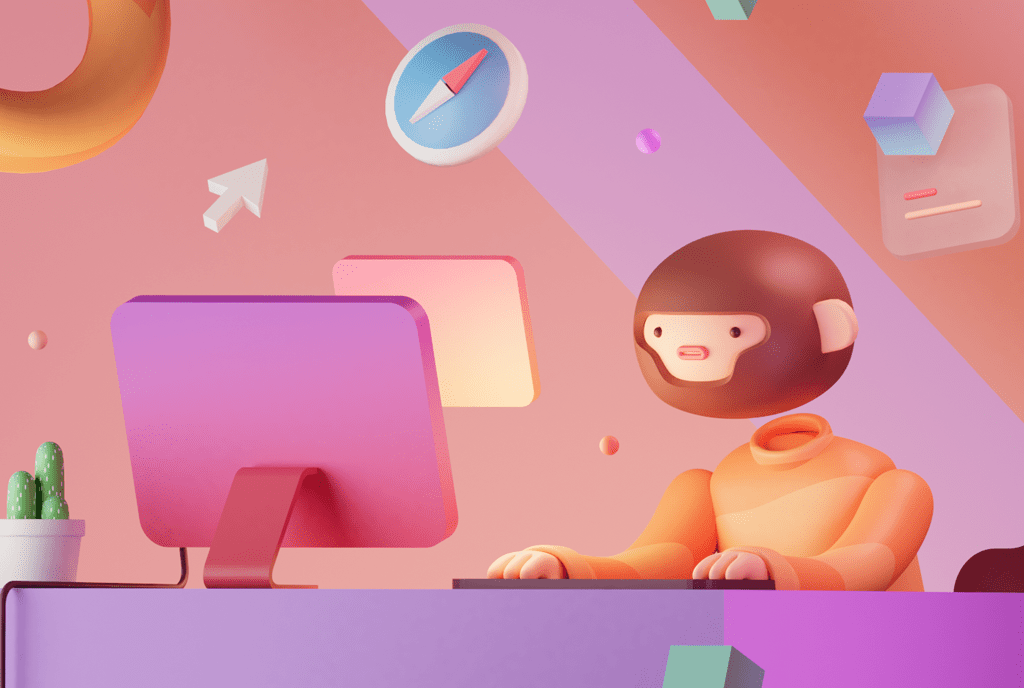
If you have a vision, set an intention
I’ve always been a dreamer, even the Adobe Creative Type quiz I’ve taken – developed in partnership with Anyways Creative and Caroline Gregoire – confirmed it.
I’m deeply rooted in emotions and imagination. However, I didn’t identify it as a flaw. Dreaming created space for new possibilities and the only thing that it could hurt is my imagination.
The deeper I dove into it, the more opportunities I’ve started to see in the real world.
It fueled me.
As a creative, this trait is of massive importance. Anytime I have an assignment that requires problem-solving, I go through the brief repeatedly and extensively until the vision of the product is formed.
I start to create scenarios of it being used and tested, but of course, I come to a solid result only by trial and error. I see myself succeeding.
Why having an intention in your work is important?
Since I am a visual person and this greatly influences my daily work, it is crucial to see my goals before I take action.
Ideas need to be sheltered and nourished to take place. You don’t have to be a visionary to attempt accomplishing a goal.
Having that WHY in your process makes you more likely to plan for success. Try creating a vision board, or doodle a better version of yourself, or simply imagine where you see yourself 5 years from now.
Commit to the practice and work deliberately
I have a mantra that helped me survive my creative jobs over the years and persist in my practice:
Surrender to your craft.
You see, whatever job I had, I always looked at it in the grand scheme of things and didn’t think of it as just another service that I provide to a company.
I wasn’t defined by my job title and its requirements but by my creative pursuit.
What does the mantra mean? I’m not trying to infuse you with bukowskian knowledge and suggest you should let your work consume you in a self-destructive manner. I think in today’s framework, a more mindful approach is required for success.
What I mean by this is that you should enter the process from a humble place and be open to change.
Say you think you can be more productive, but you don’t have a clear structure for making this a sustainable practice.
So how can you get into a routine and be persistent?
Firstly, you need to choose a specific goal, in this case, be a better designer and invest 100 % focus into making it happen. Then you have to be open to receiving feedback to update your process.
The core of the deliberate practice is doing iterations on the idea and get feedback.
Expect to fail and fail again. Will you see it as an opportunity to get better, or will you drop it?
The motivation you have determines the amount of effort you are willing to put into it, which can greatly influence your achievement.
Maybe tackle the exciting part first.

Choose to work efficiently, but learn to love the process
Productivity basically aims for getting more done in a set period of time.
It can be difficult to grasp, especially for creative people. We don’t like pressure, and deadlines often seem like a bold demand. We simply do not operate in the same way, and some of us need to fit in the box, even if the box has space for more.
You cannot rush things to greatness all the time.
Sometimes your process is slow, but when the chance occurs, try to do your best. When is this important?
This is especially important if your lifestyle requires great responsibility or if you are ahead in your career and you need to manage several tasks with different priority levels. Being more productive doesn’t look the same for everyone, but it comes down to having good habits and a work ethic.
You might wonder where’s the spark in that.
Do I need to get comfortable with discomfort? Every day? Yes. But there are good parts to this too and you can make the process more enjoyable.
Take advantage of the zest of beginnings – when you are truly excited to meet your goal – and optimize for that: getting started.
Could you translate that into a long-term practice?
Start by creating a productive framework that works for you. If you have flexibility in your program, that’s amazing. Cleaning up your desk might be an old school advice, but it works every time you need to clear your head. Little adjustments might go a long way. You probably know this by now, but the chances to commit to it are greater if you love the process.
If you would ask me how my ideal productive workday looks like, I would definitely say diving deep into my tasks without interruptions. This is how I extract the most benefits from the hours I put in and how I access a flow state that keeps me engaged and enchanted. But I will tackle more details about this in the next section or the article.
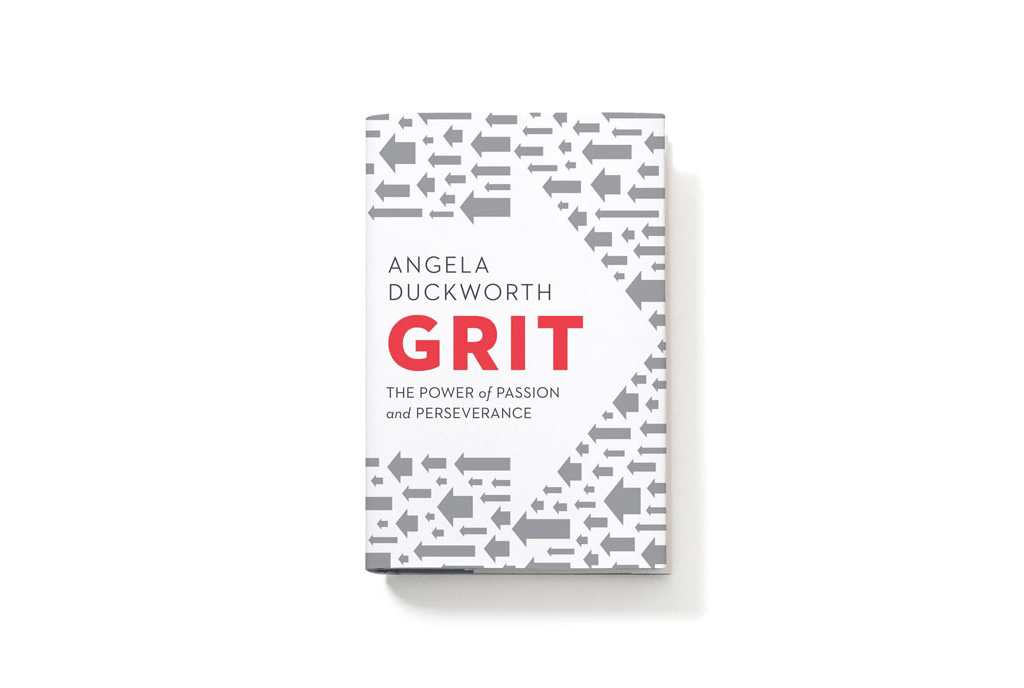
How grit looks like in my practice
My mom is the grittiest person I know. She is an example of perseverance, especially when things fall apart. In her 40 years of work, she never called in sick or missed a day. Before she went to bed, she made sure she did her best, and if something wasn’t fixed yet, she didn’t wait but took care of it.
She has a strong influence on me and never forced me into doing something I dislike. When I got tired of pursuing without a reward, she reminded me of my journey, and I managed to see the bigger picture.
It was the support I needed in order to get back on my feet. Soon enough, I was able to get gritty again.
Analyzing the premise, but get savvy on its details. Have a holistic approach, but polish the result. Angela Duckworth, an American psychologist and a popular science author, wrote in the book Grit that sustained effort for long-term goals is what makes people successful.
What about talent?
It turns out it is the rate at which you increase at something while that effort is being invested.
Why working hard and long enough is the way to support your dreams?
Think about it. If you were just to work hard but give up when the results cease to show, this means you would sabotage your own efforts.
On the other hand, doing it without a vision doesn’t ensure success.
I want to take you into my process so you can see my approach to problem-solving through grit.
A few months ago, I had a visual project for a freelance job – I had to design a whale symbol. As soon as I got a grip on the brief, I didn’t jump to sketching immediately, but instead I’ve done extensive research on whales first, documenting real-life shots, videos, illustrations and other stylizations.
I studied them, then offered my own input on the subject and eventually ended up with 18 variations.
I think passion for the craft made it easier for me to put in the work. Think about it. What are you passionate about, and what is it that you really want to make happen?
Try to implement habits that cultivate grit into your life, whether it is working out, improving your lifestyle or generally bettering yourself.
See the value in transformation
You probably have people in your life who have visibly changed in the past years. Maybe you are familiar with their journey, or you’ve just recently stumbled upon them and you were amazed. You’ve asked yourself: how did they do it?
Change is alchemy. And when the output is positive, we like it and want to keep it.
There is interest in the self-development field because people see the value of self-care, self actualization and even the way this can be translated into bringing a positive influence in the company you work for.
Concepts like kaizen, atomic habits, and the compound interest effect might sound familiar to you. They all contain an incremental approach to goal achievement.
Flattery doesn’t usually last, but what sticks is intention and commitment to progress. This has much to do with having a growth mindset – the belief that the ability to learn is not fixed, but it can change with your efforts.
In his book, Atomic habits, James Clear depicts four habit formation stages: noticing, wanting, doing and liking. He also writes that if you believe something new about yourself, you create Possibility. The effort you invest in improving a habit or learning something new requires traits like perseverance, resilience, patience and consistency. Once these are developed, they exercit in other aspects of your life as well.
Don’t underestimate the power of investment.
Remember that the value of hard work and developing healthy habits can create internal change and a new identity.
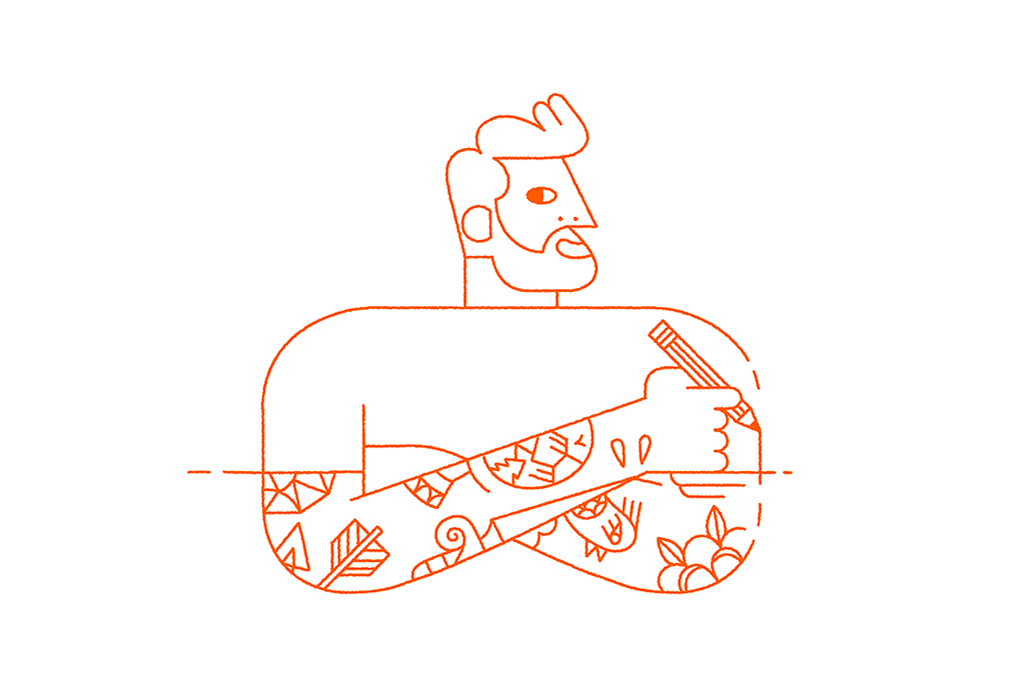
The evidence of intentionality and consistency in product design
A well-designed product contains a core vision that translates into its behaviors and processes. You can see it in great aesthetics or the value proposition.
It takes a mindful approach on the reason why the product should exist in the first place and how it can perform in a satisfying way for the user. It goes through a cycle of continuous improvement. In the end, we all desire simpler, better, and high-performing objects. Dieter Rams says design is through down to the last detail.
These are a couple of some well-known and established companies that, through their products, ask essential questions on how they can sustain and improve their users’ experience and impact their lives.
What they all have in common is the value they deliver and the desire for continuous improvement.
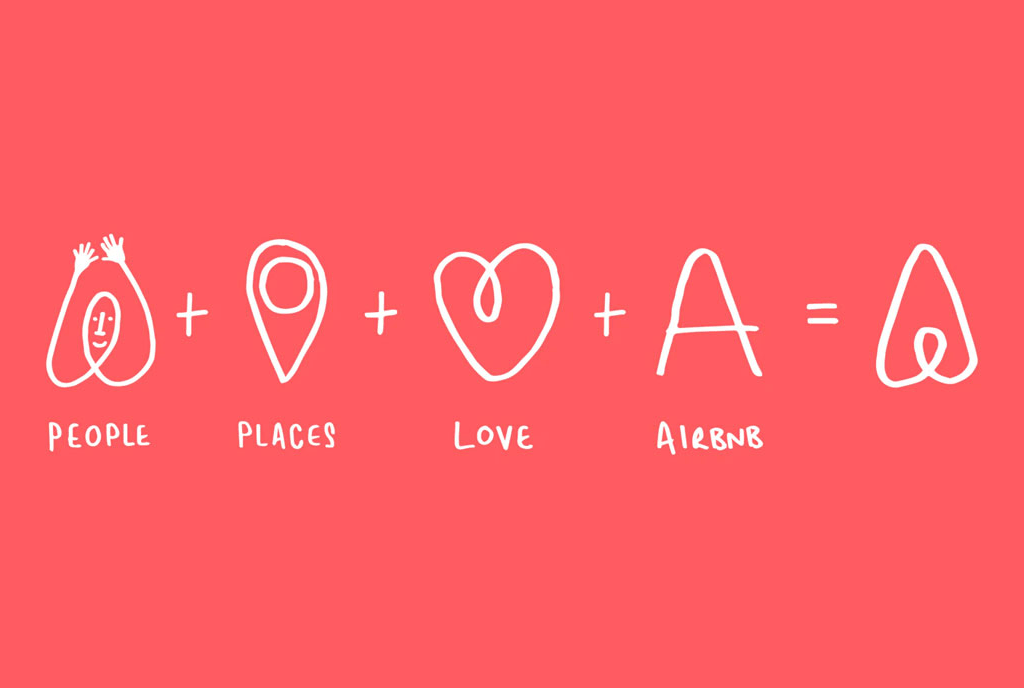
Airbnb
I’ve recently listened to an episode of the Design Better Podcast, specifically Designing for trust, where Brian Chesky, the co-founder and CEO of Airbnb talks about designing in the pandemic context and the power of having a clear company mission that all can align to. Airbnb’s mission is one of inclusiveness and authenticity. It aspires to create a landscape where anyone can feel at home in an accommodation, be satisfied with the experience and grasp a sense of belonging. You are an insider and you should be accepted.
This translates not only to their mission statement, but their values, branding and customer experience too.
The Bélo is the company logo and a symbol for people, places, love and the A letter.
Google
Google is one of the most innovative companies, oriented around internal process and product innovation. Their culture encourages play and creativity, as well as continuous improvement as breakneck speed.
The backbone of Google’s continuous improvement system is the OKR approach (Objectives and Key Results), which aligns the organization behind a common vision and measures of success. This system gets every employee to commit to a set of measurable improvement objectives that support the organization’s broader mission, which is to organize the
world’s information and make it universally accessible and useful.
Google’s mission and vision are reflected from their website copy to the content on their keynote presentation and product launches.
Apple
While most companies rely on surveys and market research to predict what customers will want in the future, Apple is built around timeless principles, like the need for beauty, truth, high quality, speed, convenience and self-expression.
This embodies the latest hardware and software technology. Apple approaches design in a holistic manner: from product quality to customer experience, market leadership and supply chain integration. A key component in the company’s strategy, which led to a superior product quality reputation, is vertical integration. Apple has great control over the entire supply chain, from components, manufacturing, distribution, software development and retail
Conclusion
Hopefully now you feel more motivated to get nitty-gritty. It doesn’t require much introspection to see the changing potential in every experience and an underlying lesson for you to learn.
Problem-solving is a muscle that needs regular training. It teaches us how to get better at identifying what needs to improve and how to choose the best strategies in order to accomplish our goals.
It supports our vision, develops grit, generates flow and results. It is definitely an essential skill to have and the better we get at it, the faster we grow and the more value we bring to every aspect of our life.
If you enjoyed reading Emilia’s personal story, check Cristina’s latest article, where she presents her journey as a QA Engineer, from starting out as a therapist to building web and mobile apps.
